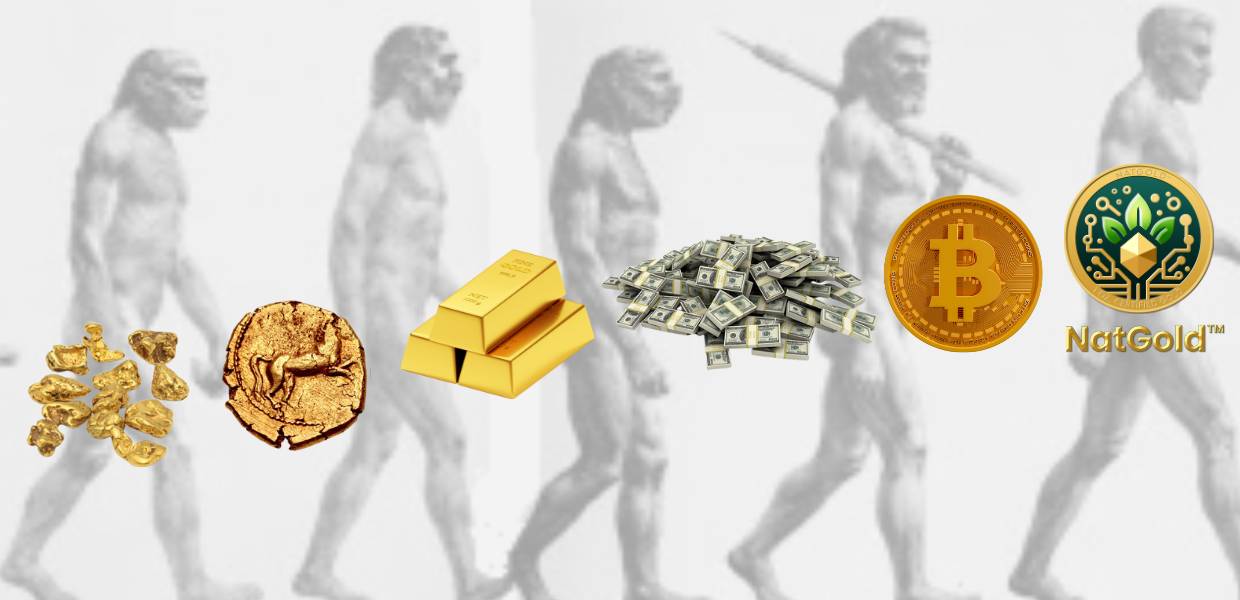Gold mining, while a lucrative and age-old industry, leaves behind a less glittering environmental legacy: tailings ponds. These man-made basins are repositories for the slurry of water, chemicals, and leftover minerals from the mining process. Essentially, they are concoctions of waste materials discarded after the valuable parts of ore are extracted. But what exactly is contained in these ponds, and why are they considered ticking toxic time bombs?
What is a Tailings Pond?
A tailings pond is an engineered structure designed to store byproducts of mining operations. In gold mining, ore is crushed and treated with a cocktail of chemicals to extract gold. The residual mixture—comprising water, unrecovered minerals, and a range of chemicals including cyanide and arsenic—is what ends up in tailings ponds. These ponds are typically contained by dams that, if not properly managed, pose significant risks.
What’s in a Tailings Pond?
The contents of tailings ponds are often toxic. Key contaminants include:
Heavy metals: such as lead, mercury, and cadmium, which can persist in the environment and bioaccumulate in the food chain.
Arsenic and cyanide: used extensively in gold extraction processes and are highly toxic to humans and wildlife.
Sulfides: can generate acid mine drainage, a process where sulfides form sulfuric acid upon contact with air and water, further releasing heavy metals into the environment.
Global Statistics and Concerns
Estimates suggest there are thousands of gold tailings ponds worldwide, each varying in size and containment security. The concern with these ticking time bombs is their instability. Over time, structural failures tend to occur, leading to catastrophic leaks or spills.
According to Global Environmental Solutions, “There exists an estimated 3,500 of these developments worldwide. A big part of the issue with tailings ponds, at least here domestically in North America, is that 39% of them fail. Which, in short, means the leaching of potentially hazardous waste around the infected site, which has the ability to extend even further due to the viscous nature of some of the tailings materials excreted from tailings ponds.”
Death and Devastation
The environmental impact of a tailings pond failure can be severe and lasting. One notable disaster tragically occurred on August 4, 2014, in central British Columbia, Canada.
A four-square-kilometer-sized tailings pond at the Mount Polley open pit gold and copper mine collapsed, releasing 25 billion liters of toxic sludge, including more than 400 tonnes of arsenic, into Polley Lake, Hazeltine Creek, and Quesnel Lake, a source of drinking water and major spawning grounds for sockeye salmon.
The immediate impact was devastating and immediate: the spill inundated rivers and lakes, killed scores of fish, and severely altered the aquatic ecosystem. Long-term environmental impacts include heavy metal contamination of water sources, affecting both drinking water and agricultural irrigation.
While Mount Polley is just one of many examples where these failures lead to widespread contamination and even large-scale human casualties as occurred on November 5, 2015, with the catastrophic collapse of the Fundão tailings dam in Mariana, Brazil. Considered one of the worst environmental disasters in Brazilian history, about 60 million cubic meters of toxic mudflow released into the Doce River, causing widespread destruction. It resulted in the death of 19 people, destroyed entire villages, decimated fish stocks, and devastated local wildlife populations. The spill, besides leaving a long-term scar on the region’s biodiversity and human communities, was carried into the Atlantic Ocean where it entered the greater global ecosystem, where it is impossible to know just what the overall impact was, although it surely isn’t good, to say the least.
It’s not just the local communities that bear witness to the ruinous environmental legacy of gold mining as their surroundings are marred by vast toxic waste repositories; the global ecosystem at large suffers. Gold extraction is a global blight. From small-scale operations to corporate giants, our quest for gold has reshaped the Earth, often with catastrophic environmental outcomes. Our rivers are turned inside out, mountains crumble, and once-pristine landscapes now bear the scars of extraction. This unchecked ambition begets toxic wastelands, poisoning our earth and water, spreading widespread harm and desolation. Yet, in a cruel twist of irony, the vast majority of the gold extracted is buried back underground where it came from, in vaults where it lies dormant, albeit polished.
It’s Time For Change
It’s time to accept the fact that gold does not need to be dug out of the earth to have monetary value. In fact, it’s downright illogical when we already have a National Instrument 43-101 (NI 43-101) certification system that quantifies and certifies the amount of gold resources that are in the earth, and the very system that does that is used worldwide to make mine financing decisions. Stock exchanges demand that companies have these independently audited NI 43-101 gold resource reports in hand before they can open their mouths publicly and share their findings. Literally, the entire geological and financial community globally relies on them as there are no higher degrees of certainty regarding the existence of gold resources than them.
Why continue to tear down mountains, dredge up rivers, and construct massive man-made lakes loaded with the toxic byproducts of the gold extraction process, only to wait for them to collapse and release poisonous waste that contaminates our planet, leaving behind death and ecological destruction?
It’s time to pivot to ESG-friendly digital mining that tokenizes NI 43-101 certified gold resources into NatGold™ coins. This natural evolutionary approach liberates gold to serve its 6,000-year-old monetary role without environmental, social, and financial damage.It’s time to revolutionize the way we capture the value of gold and put an end to this unnecessary, unsustainable madness.
Enjoyed this article? Subscribe to NatGold News & Insights for the latest staff updates, expert analysis, exclusive interviews, and updates whenever NatGold is making headlines — all delivered straight to your inbox!
Share This Story!
More Staff Insights
Gold's story as a cornerstone of economic wealth a...
At the International NatGold Council, we view Colo...
For anyone with even a passing interest in the wor...





